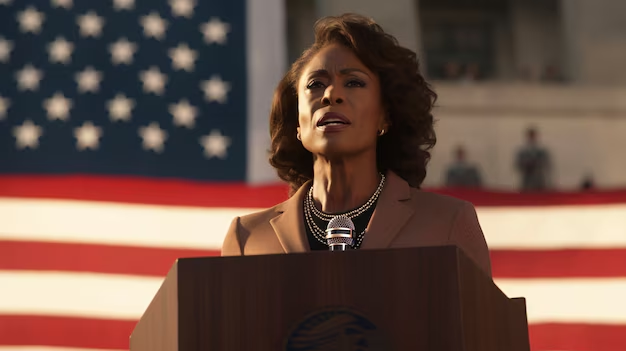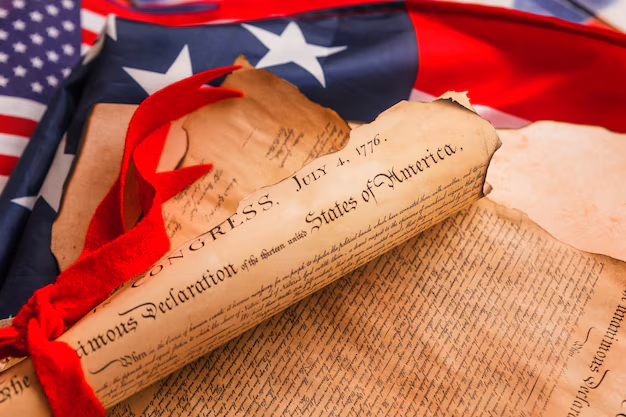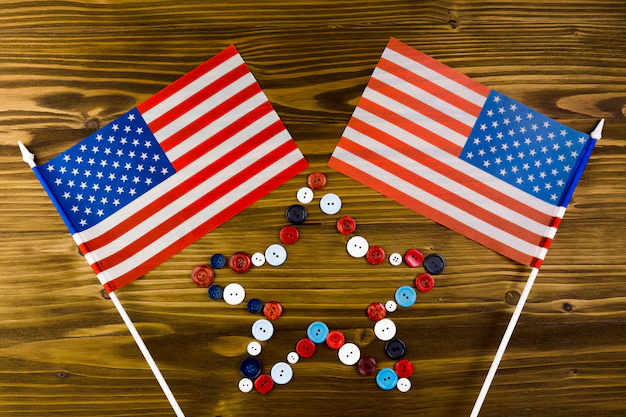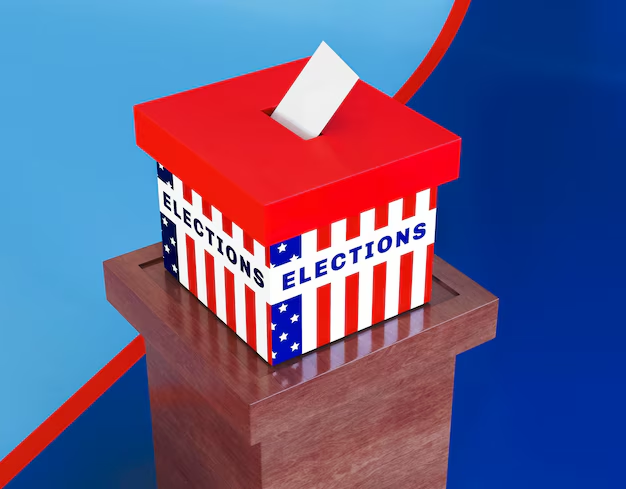
Explore the rich history of U.S. presidential elections through this timeline of presidents, marking key milestones and significant changes in America's electoral journey
Introduction

The History of US presidential elections is a part of American democracy. It is a clear representation of the development of the political system of the United States. The history of the U. S. presidential elections can be divided into different eras starting from the initial election in 1789. This resulted in George Washington taking the first presidency to the current era of highly efficient digitized voting systems. In this blog, we look at the background, development, and milestones of the history of U. S. presidential elections.
To read the 1st blog of the American election series
The Founding Fathers and the First U. S. Presidential Elections

At the time of drafting the U. S. Constitution in the Constitutional Convention of 1787, the founding fathers of the United States created a very distinctive system of elections. This system was meant to reconcile between the populous and the less populous states, thus forming the Electoral College. This method was a middle ground between choosing the president by all the citizens’ votes and by the Congress.
1789 Election
The first US presidential election was held from December 1788 to January 1789. George Washington had been elected unanimously by the Electoral College. This particular election marked the beginning of the practice of conducting a peaceful transfer of power. It also paved the way for the two-term policy of a president. It was later made constitutional by the 22nd Amendment.
The Electoral College
The system of the Electoral College was a vital part of the Founding Fathers’ idea of the federal republic. Every state was assigned several votes equal to the number of its Senators and Representatives. This system also provides that both the states and the population have a stake in the election process. Nevertheless, there have been criticisms over the years regarding the fact that the candidate who takes the majority of the popular votes does not necessarily become the president. This has resulted in ongoing discussions regarding the possibility of changing or even completely eradicating the system.
Some Facts and Events of The History of U.S. Presidential Elections

In the course of the development of the United States of America, changes in the electoral system were also observed. Some significant events are also observed to have significantly influenced the process; changes that mirror the growth of democracy as well as the fight for enfranchisement.
19th Amendment (1920)
The history of US presidential elections has reached a major turning point with the adoption of the 19th Amendment. This amendment allowed women to vote. It incorporated millions of women into the electoral roll who earlier had no right to vote. The 1920 election brought roughly 26 million female voters to the polls and thus expanded the electorate. This was a big step in the battle for women’s rights.
Voting Rights Act of 1965
This was a law passed on 6th August 1965 which was meant to address the problem of race in voting. This historic legislation was passed in the backdrop of years of negation of African American’s right to vote. It was especially in the southern part of the country. It was a part of civil rights legislation which gave all citizens a chance to vote.
26th Amendment (1971)
The 26th Amendment to the Constitution became effective on July 1st of the year 1971, this amendment reduced the voting age from 21 years old to 18 years old. This was mainly led by the reason that the young people able to be drafted into the army during the Vietnam War should also be eligible to vote. The amendment enrolled 11 million young Americans in the voters’ roll, with an estimated youth voter turnout of 55 percent. It received only 4% of the votes in the 1972 election. Thus, the extensive increase in the voter base indicated the enhanced political participation and interest of the country’s youth.
The Evolution of the History of the U. S. Presidential Elections

The process of voting in U. S. presidential elections has evolved due to the development of new technologies and shifts in people’s expectations. From voting by using paper ballots to the adoption of electronic voting systems, the change in election methods shows the constant attempt to enhance the efficiency and reliability of the voting process.
From Paper to Electronic Ballots
For the first few decades of the U.S. elections, paper ballots were the most popular way of voting. Nevertheless, these ballots were vulnerable to fraud and rigging and thus caused a lot of controversy. The Australian ballot system which was adopted in the 1890s was a progressive measure because it offered the voter a secret ballot which helped to lessen the chance of intimidation. Paper-based systems were used up to the 1960s, then came the punch-card systems in the 1960s, optical scan voting in the 1980s, and electronic voting machines in the 2000s. All these innovations were in a bid to improve the efficiency and effectiveness of the voting system; this was not without some controversies such as the Florida recount in the year 2000 election.
Digital Voting and Mail-In Ballots
The modern era has brought about changes in the mode of voting, especially through the use of digital platforms and more so the use of mail-in ballots. More than 65 million citizens cast their votes via mail in the 2020 election due to COVID-19 and other concerns regarding in-person voting. This has raised questions on the security and efficacy of mail-in voting. And the main focus was on how to ensure that the elections are secure while at the same time ensuring that every citizen can vote. The use of digital voting technology has also brought new concerns about the possibility of hacking. Thus, the continuous development of voting systems remains a critical area of concern to election administrators and policymakers.
Voter Turnout Trends
It is important to note that the turnout of voters in U. S presidential elections has been variable over the years owing to shifts in political participation and the enlargement of the electorate. The record is 81. 8% in 1876 where the election was very close and led to one of the most contentious results in the history of the United States. On the other hand, the lowest turnout was in the year 1924 at 48. 9% mainly because of the post-World War I disillusionment. Turnout in recent years has however been on the rise with 66. 8 % of the electorate voting in the year 2020 election which was the highest in over a century. This is an indication of the rising political polarization in the country and the enhanced role of presidents in determining the future of the country.
Conclusion
The history of U. S presidential elections is a clear indication of how healthy and flexible American democracy is. The history of American presidential elections, from the invention of the Electoral College by the Founding Fathers to the current debates about electronic voting and election hacking, is a story of the evolution of American society and society’s quest for the best system of presidential elections. The principles which have to do with the presidential elections in the United States of America have been in place for more than 230 years and they will be imperative in the future of democracy in the United States of America as it tries to meet new challenges. It is therefore important to reflect on such a history to gain a better understanding of the past.
To read more about current affairs






